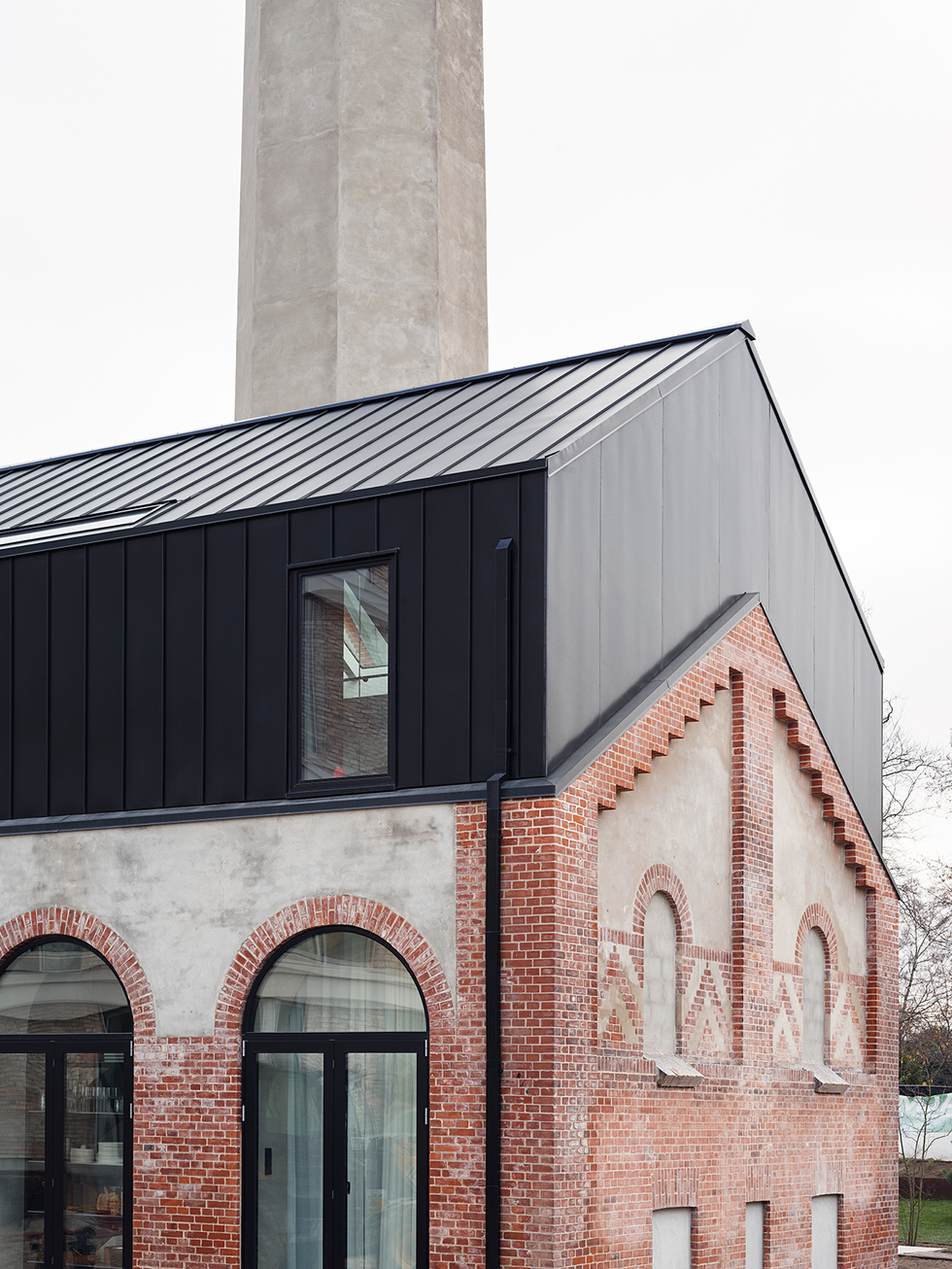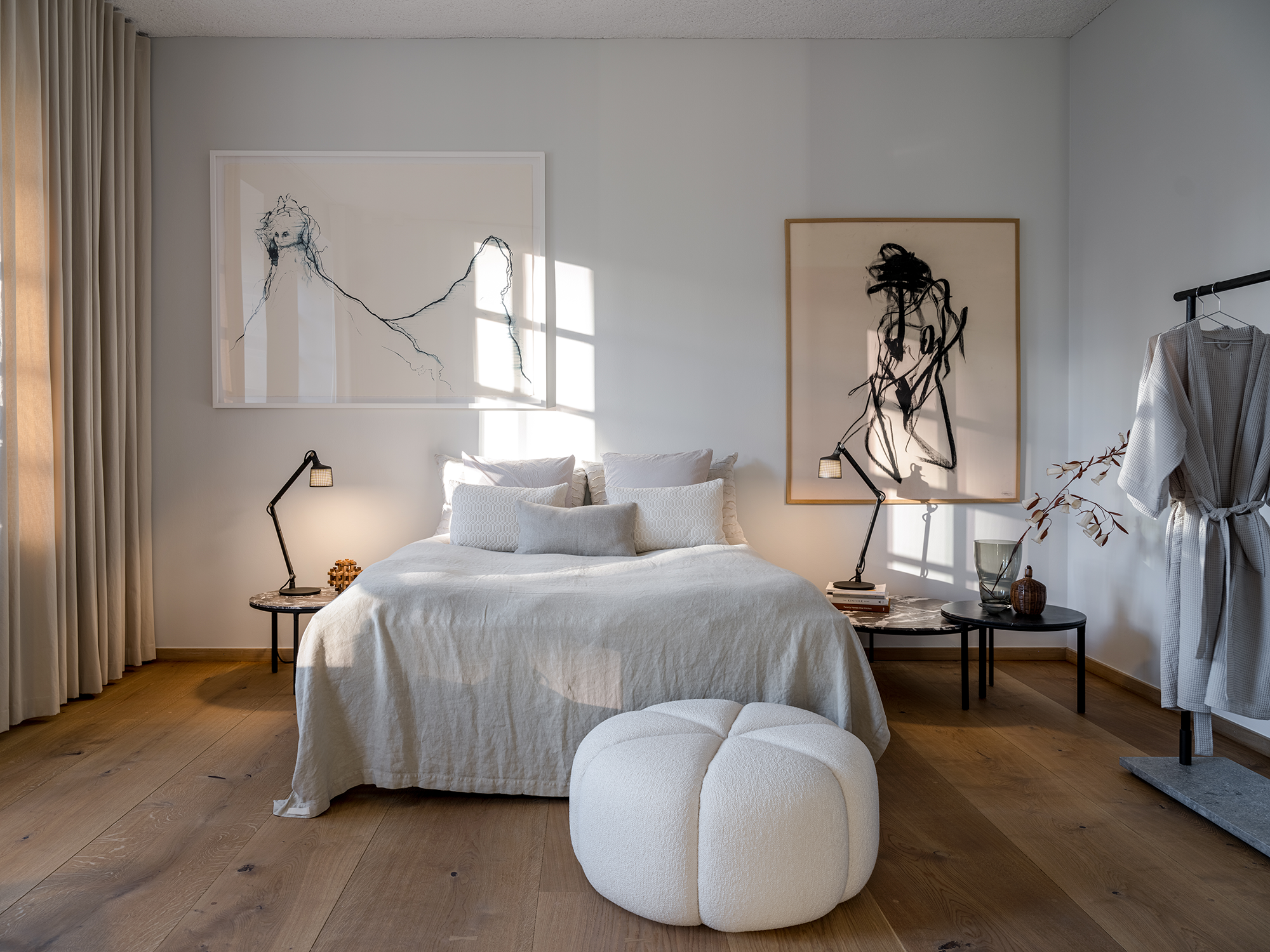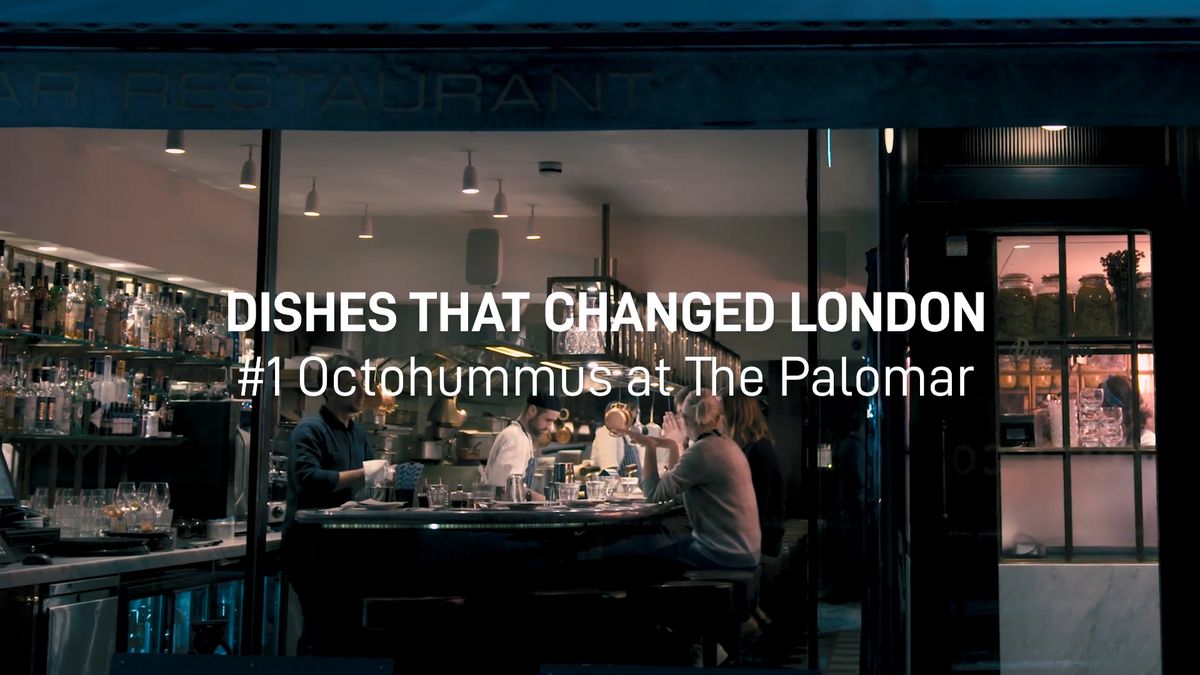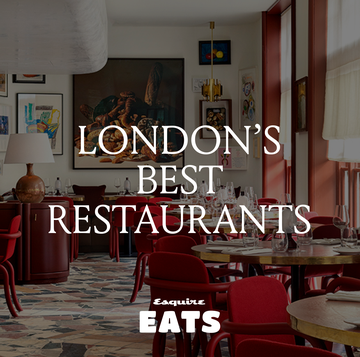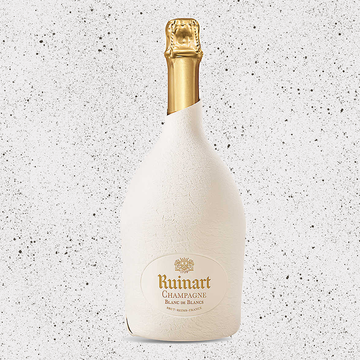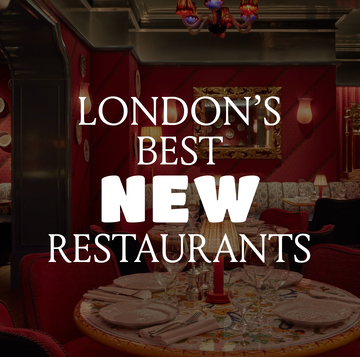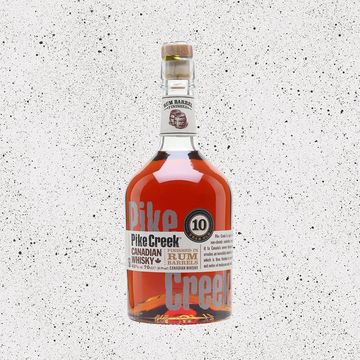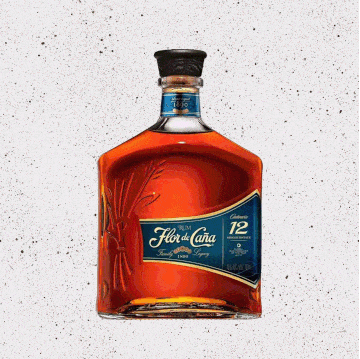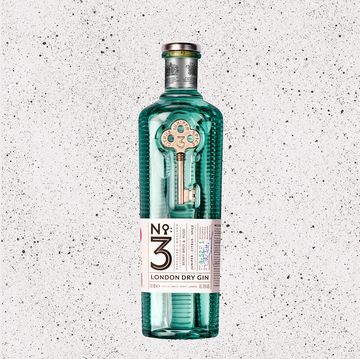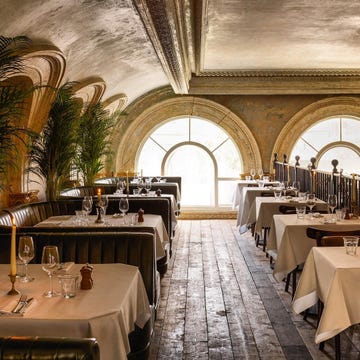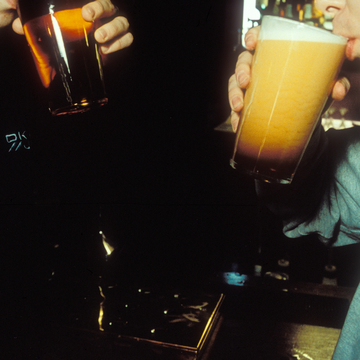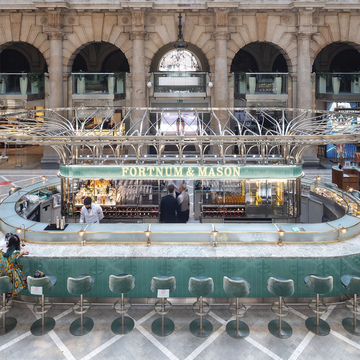“You start with a trash can,” says Kasper Egelund, the 47-year-old CEO and third generation co-owner of the Danish design company Vipp, with a smile, “and then it can take you many places.”
He’s not wrong. Vipp was born in 1939 when Egelund’s grandfather Holger Nielsen, a metalsmith, was asked by his wife to make a bin for her hairdressing salon. For its first 57 years of operation, the company sold just two products, both of which were pedal-operated bins, mainly to Danish dentists. But in the past two decades, Vipp has expanded into homewares and furniture, with an aim to bring the same integrity and longevity to plates, chairs and kitchen units that it did to Nielsen’s famous bin, which was added to the permanent design collection of the Museum of Modern Art in New York in 2009. More recently, the company has moved into the hotel game and, true to form, it is doing things a little differently.
In fact, we are sitting in the latest addition to the group of “Vipp Hotels”: unconventional, idiosyncratic holiday rentals with impeccable design credentials, often in spectacular settings. Like Vipp’s other five properties, the Pencil Case in Copenhagen — a one-bedroom apartment on the ground floor of a 1930s, Bauhaus-influenced former pencil factory — can only be occupied by one group. “As soon as you check in, it’s fully booked” is the slogan. It has been renovated with a discernment and eye that will make you involuntarily snort if you are accustomed to staying in Airbnbs: Dinesen oak floorboards, refined art and sculpture and, of course, lots of Vipp products, including a well-equipped V1 kitchen. To underline the attention to detail, Egelund notes that his mother Jette, Nielsen’s daughter, lives on the top floor of the building.
The idea for Vipp Hotels came out of what, Egelund admits, was a near-catastrophic business failure. Around 15 years ago, he decided he wanted to build a modular house that would be designed and fabricated in Denmark but could then be transported anywhere around the world. In Egelund’s head, he pictured an Apollo rocket landing in a strange and unfamiliar land, except instead of a spaceship it would be a 55 sq m pod made of black steel and glass. Vipp made a prototype of one of these “shelters” and dropped it on the edge of Lake Immeln in southern Sweden. It was completed in 2014, becoming a show home for the project.
“I’m not the first one to have the idea of a modular home,” says Egelund, sipping a can of beer after work on a Friday afternoon. He has spiky black hair and piercing eyes that go wide when he’s energised, which is often. “All the architects loved it, Arne Jacobsen had tried it before… It never worked, but I was naïve and wanted to try as well. And the interest was huge: it got prizes, Wallpaper, everything — the coolest brand extension ever, blah, blah, blah. People came from all over the world to see it, but after a year, you could say that all the interest was amazing, but we didn’t sell anything.”
Egelund is exaggerating: Vipp actually did sell one shelter, to an American. But customers kept asking if they could stay in it, and in 2017 Egelund, somewhat reluctantly, relaunched the cabin as the first Vipp Hotel. He called it a “battery-charging station for humans”, and it has been pretty well booked up ever since. It was followed soon after by the Vipp Loft, a swanky urban pad above the company’s headquarters, and the Chimney House, a David Thulstrup-designed two-bed in an old water-pumping station, also in Copenhagen. But Egelund has noticed that what people increasingly seem to desire is escapism in a remote setting, so he has added two cabins in Norway, which seem to float above a spectacular fjord, and the Vipp Farmhouse, which dates from 1775 but has been remodelled into a bucolic retreat in southern Denmark. A seventh property, the Vipp Lodge, opens in Andorra in December, perfect for ski breaks.
“It’s important that each of the locations are unique,” says Egelund. “The easiest thing to do would be: ‘Let’s make 10 shelters and put them out into the world.’ Very boring. That would be like the Hilton, right? Or McDonald’s. A lot of this came from the heart: what could be cool? What could be fun?”
Next year, Vipp will open more similarly minimal, experiential “hotels” in upstate New York, Iceland and Tasmania: Egelund’s original strategic misjudgement has turned into a global showcase for the brand that makes a powerful case for less being more. “The legacy of the Vipp bin is that if you make things really well and they are well thought out, it’s also a good business,” says Egelund, draining his beer before the cycle ride home to his family. “We certainly owe my grandfather a lot, because he gave us a script of what a great product should be: genuine, long-lasting, good materials, no trends. And we just kept on using that formula and framework.”
vipp.com

